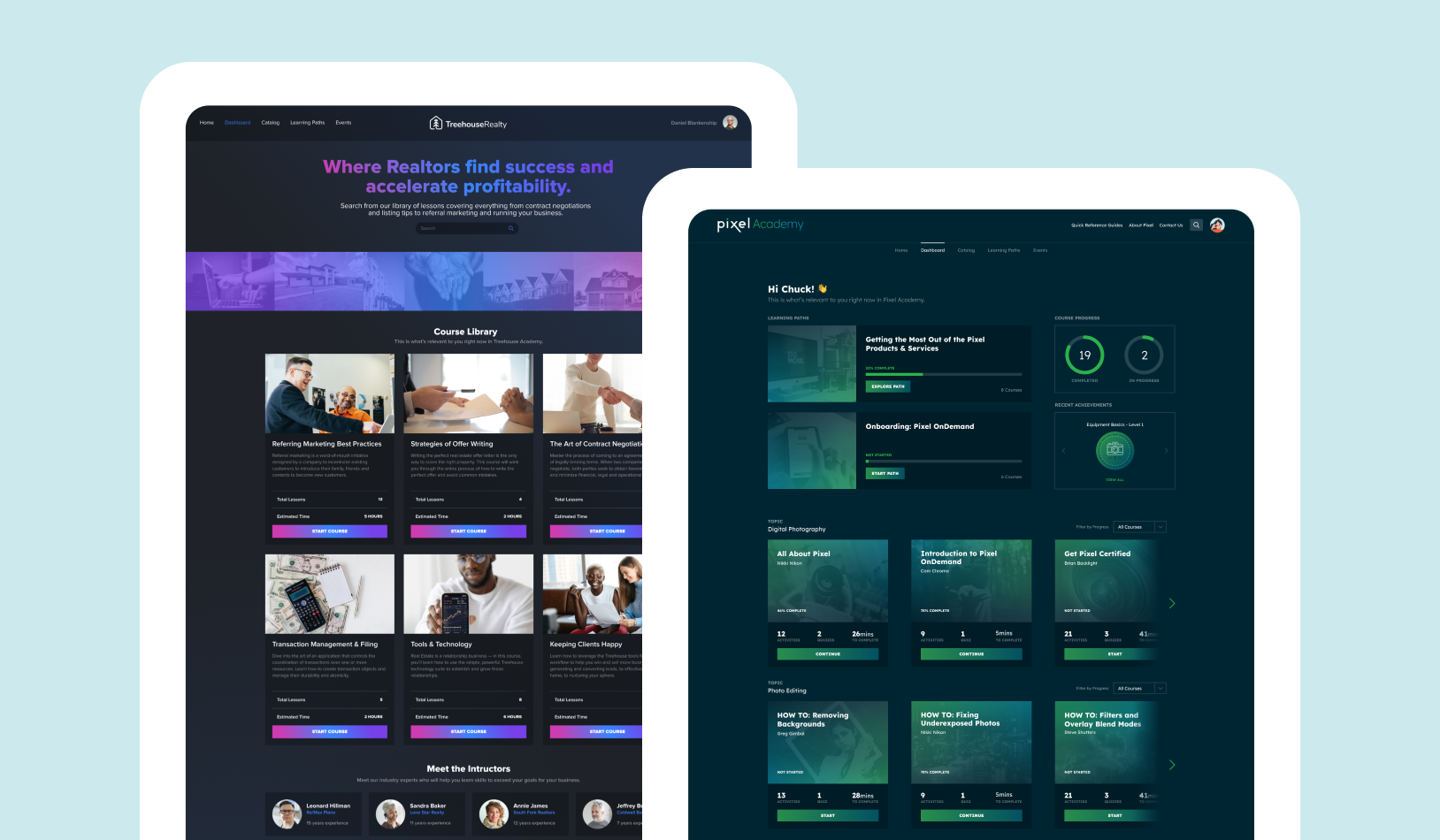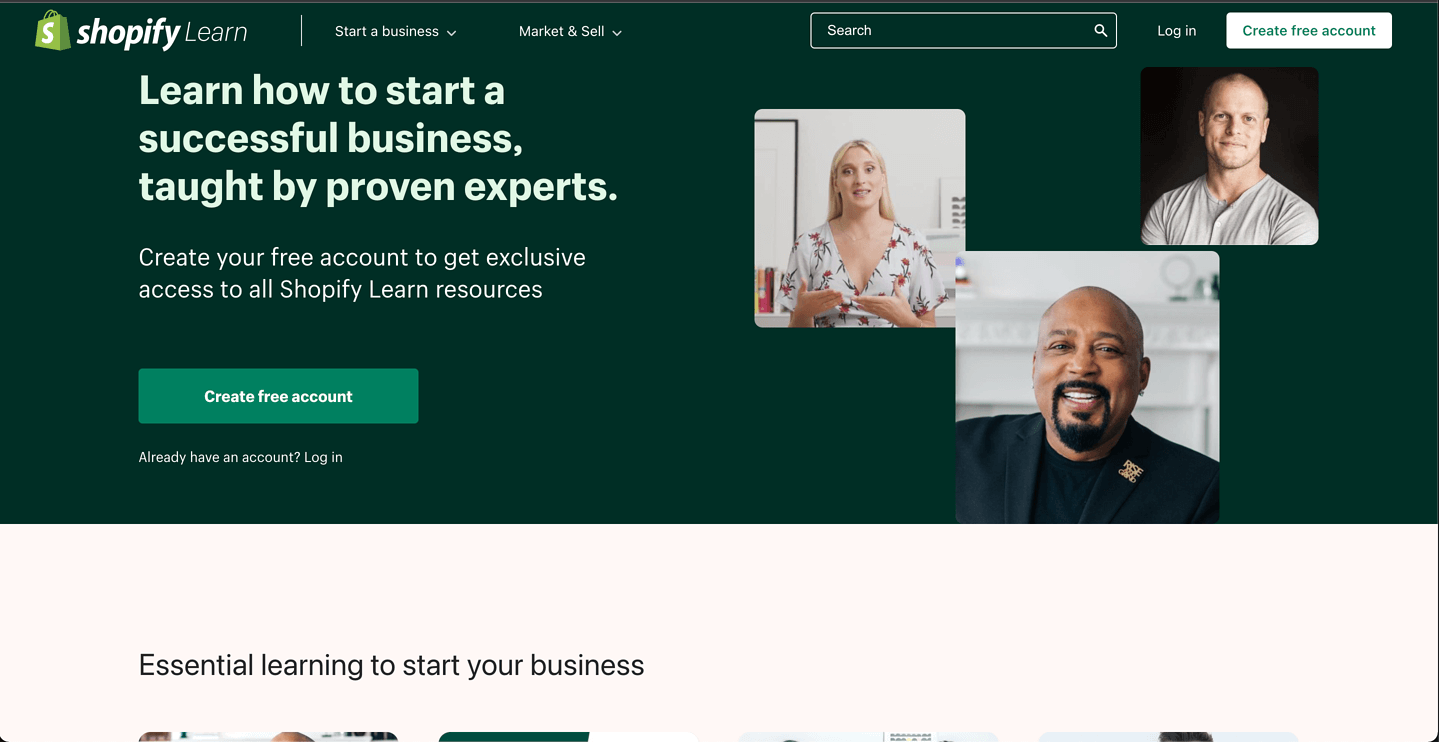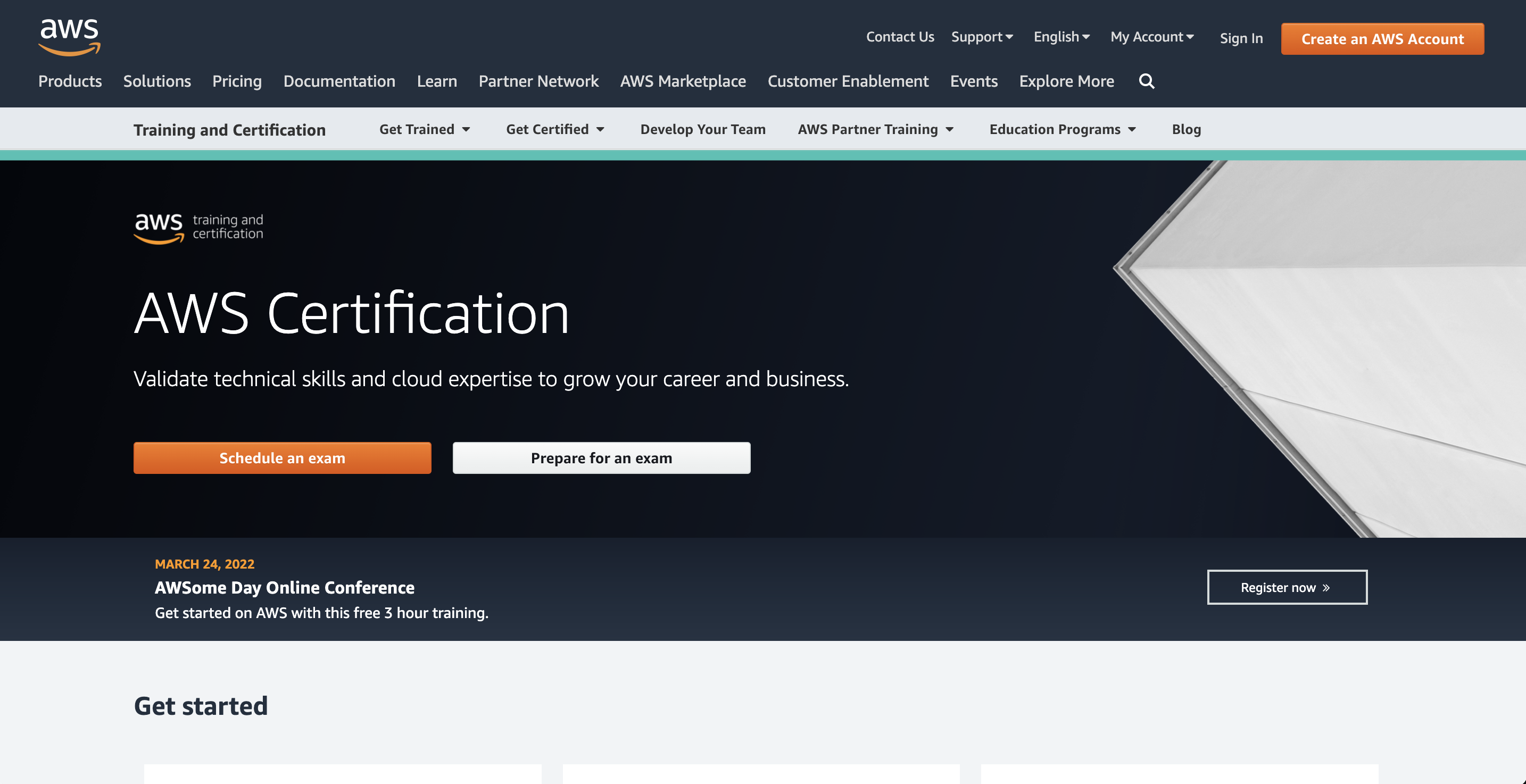What do Digital Customer Education Programs and snowballs have in common?
They both grow over time.
By now, your learning journey is well underway. You've promoted the heck out of it, maintained leadership buy-in, and got the oh-so-great news that your budget was increasing.
The question is: What should you do with those extra dollars, and how can you take your program—and academy—to the next level?
Here are 7 ways to consider in 2023:
1. Broaden Your Horizons
There’s nothing wrong with trying to be the answer to everyone’s challenges, but forcing your digital customer education program to solve every department’s challenges, i.e., helping the Customer Success team decrease time to value, reducing the number of tickets for the Support team, and boosting product adoption, will spread your resources too thin.
This need for focus at the beginning of your digital-education journey is why you started by targeting one challenge—likely one that was really hindering company growth.
Now that you solved that—you wouldn't be getting additional budget otherwise—spread your wings.
If you initially targeted a reduction in support tickets, pivot to helping your Sales team accelerate deals.
If you spent the past year speeding up the onboarding process, switch to driving product adoption.
As you spread the impact of Digital Customer Education across different departments, you'll also want to take the time to integrate any tools so that applicable teams can tap into learning data to power their workflows.
An LMS-CRM integration, for example, will empower your Sales, Marketing and Services to track the learning activity of customers in their CRM, send relevant content to accelerate deals, and more.
2. Scale Your Team
There's no rule that says you have to build your Digital Customer Education team a certain way. You may have even started as a one- or two-person band. While that was fine during the early stages of your journey, you'll need to add headcount to truly take things to the next level.
This can take shape in a variety of ways, but we typically see v2 of these programs also introduce instructional designers to the equation to make sure the more advanced content—think videos via learning paths and certification programs—flow in a way that aids in knowledge retention.
You'll also want to continue to establish yourself in the boardroom. While you already have leadership buy-in—you wouldn't be at the stage without it—truly taking your program to the next level will require your company to hire an executive whose sole responsibility is to drive customer outcomes. This should be a Chief Customer Officer (CCO) or equivalent position.
3. Optimize the Content Creation Process
Taking you Digital Vustomer Education strategy from good to great comes with a lot of changes, including a bigger headcount on your team and more moving parts.
What doesn’t change is your need to deliver value. Whether you’re working with a team of 5 to train twenty-five customers or a team of one hundred to train one thousand, you need to provide the same experience.
Doing so requires optimizing your content creation process, allowing new and old team members to create content and add value. Said another way, Joe Schmo—a new hire with little customer education experience—should have no trouble getting up to speed. While you shouldn’t expect them to be at the same level as Jill Schmo—a ten-year vet—they should be able to create and deliver consistent content to your customers.
4. Invest in Academy Design

Genuinely great digital customer education go beyond excellent content, goals and perfect tech stacks. The best ones also invest in how their academies look and feel. More specifically, they dedicate resources to ensure the learning experience aligns with their brand.
I'm talking about customization.
Customizing your academy is subjective. For some, customization starts and ends with adding their company logo and brand colors. For you, it should mean more — for example, the login screen and course completion pages.
5. Level up Your Academy Marketing Strategy
The best digital customer education strategies look at marketing from an internal and external angle.
Internal marketing aims to spread the word inside of your company, with the goal of helping your employees understand how digital education can help them. You can do this by sitting down with different teams, taping flyers around the office or sharing updates on Slack.
For external marketing, your goal is to keep your customers informed, i.e., show them why digital customer education is essential and how it benefits them.
For example, you can discuss the benefits throughout the onboarding process or send out automated emails updating them about new courses.
6. Introduce Certificates
The success of your strategy depends on your ability to get—and maintain—engagement. This is why one of the best ways to improve your Digital Customer Education strategy is to introduce a certification program.
The best example of this in action is HubSpot’s certification program.
By offering certifications on both its technology and greater industry (sales and marketing), HubSpot gives customers and prospects something tangible to work toward, encouraging engagement and long-term learning. You can do the same thing.
3 Customer Education Program Examples
Building out your customer education plan and need some inspiration? Here are a few examples of customer education programs and how they apply some of the customer best practices mentioned above.
HubSpot: Aligning its Program With the Business

HubSpot is the leader of the customer education industry. It was first to the party and continues to set the bar, helping the company grow to more than 100,000 customers and $1 billion in annual recurring revenue (ARR).
A key driver of this growth is HubSpot’s proven ability to align its academy with the company’s goals (i.e., everything in The HubSpot Academy connects to the inbound methodology and content flywheel, which is what HubSpot's known for).
Shopify: Aligning its Academy With Brand Standards
The customer experience (CX) continues to emerge as a key differentiator for companies. Historically, the way most companies approached this was to improve the user interface (UI) of their product or hire more support reps. Those are still great options, but there’s another way: Align every owned channel with your brand’s design so that when your customers jump from touchpoint to touchpoint — for example, from your website to your academy — they get the same experience.
Shopify does a great job of this. No matter how a customer lands on its academy, they’ll immediately know they’re still in Shopify's world.

Amazon Web Service (AWS): Creating Brand Champions With Certifications

Scroll through your LinkedIn feed and don’t stop until you see one of your connections posting about how they just got one of AWS’ certifications. By giving people, including customers and prospects, something to work toward and a way to enrich their professional lives, AWS encourages continued engagement with its academy — and because AWS is constantly changing and its certifications evolve, it has a repeatable way to keep people coming back.
Improving Your Customer Education Strategy With Northpass
The above tips and tricks are all great ways to improve your customer education strategy, but here's one more: Team up with Northpass.
To learn more about how we can help you take your digital customer education program to the next level, reach out today.

.png?width=3251&height=1107&name=NP_ByGS_ColorLogo%20(1).png)


